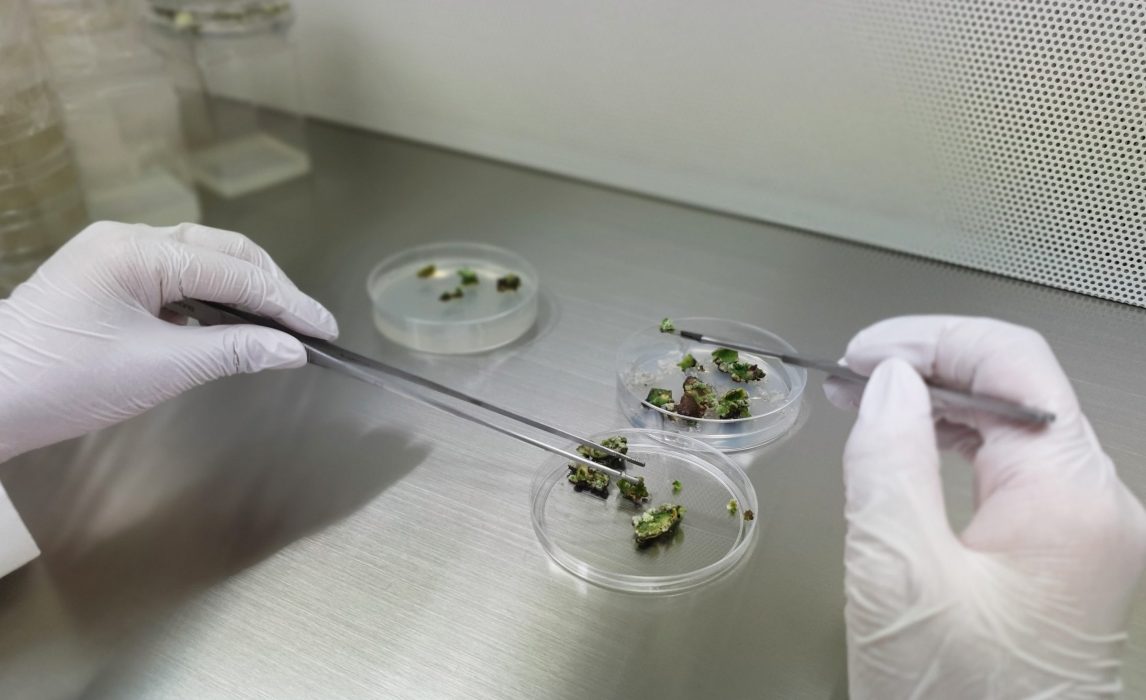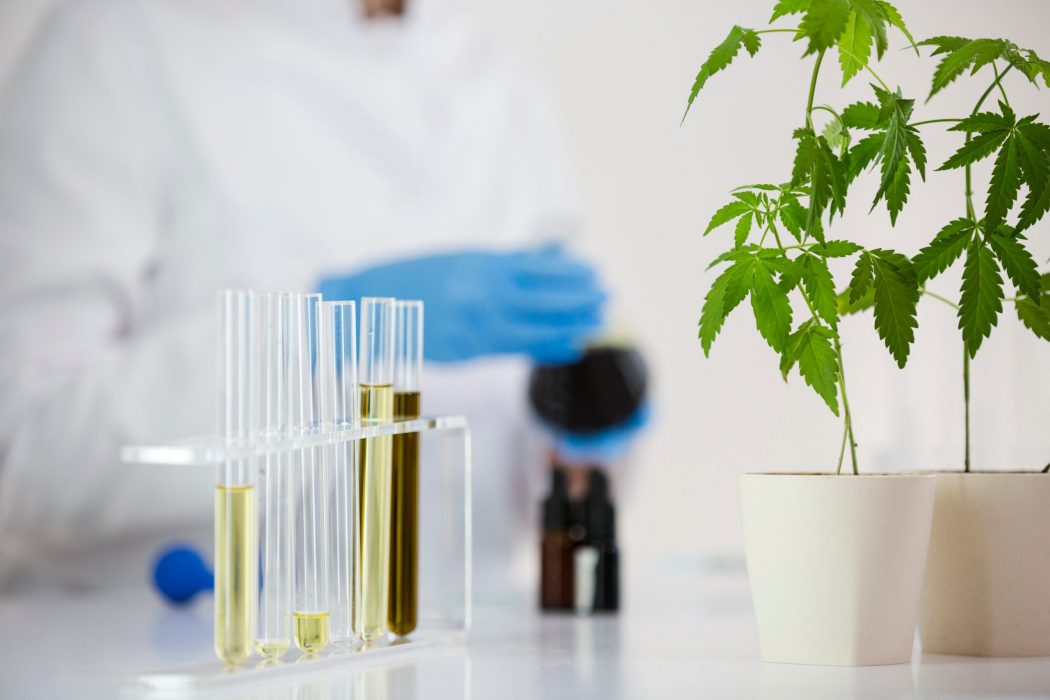4 Ways to Increase Your Profit Margin and Grow Your Bottom Line

The hemp industry is booming. According to a report by MarketsandMarkets, the industrial hemp market is expected to grow nearly 600% from $4.6 billion in 2019 to $26.6 billion by 2025. That means a massive opportunity to build strong, profitable businesses.
But to build an enduring hemp business, focusing on the right financial indicators is critical. One such measure is profit margin.
What is profit margin?
Simply put, profit margin measures the percentage of your revenue that’s actually profit. It’s calculated by subtracting your cost of goods sold from your revenue, then dividing that number by revenue. Finally, that number is multiplied by 100 to get your profit margin rate.

Your gross profit margin will tell you what percentage of your revenue is profit. If you have a profit margin of 50%, that means 50¢ of every $1 you earn goes to your bottom line.
Why does profit margin matter?
Knowing your margin not only gives you a sense of the health of your business — it also helps you project future profitability and can illuminate pricing and cost issues. On the outside, hemp farming may present an opportunity for big profits, but with never-ending competition and increasing costs, it’s critical you pay close attention to your margins.
Here are four ways you can improve it.
1. Double down on quality and consistency.
One of the most important things you should be monitoring is the quality and consistency of your harvests. First, it’s critical that your hemp meet the legal 0.3% TCH levels required by federal law. The interim hemp sampling guidelines have strict requirements for collecting and sampling THC levels, and a bad sample can result in acres of destroyed crops.
But beyond just regulatory compliance, it’s important that your product consistently meets your buyers’ standards. A dip in product quality or inconsistent harvests can mean disgruntled buyers and broken deals. Invest in high soil quality, proper testing, consistent plant genetics, and safe, reliable cultivating processes.
2. Consider selling on consignment.
Not every farmer or supply-chain stakeholder has access to quality sales channels. There’s a long lifecycle from seed to sale: farmers who grow the hemp, processors who extract it, and manufacturers and copackers who turn it into its finished product. Then distributors supply it and stores sell it. Most farmers sell their biomass to processors or brokers, often at a lower margin.
The advantage is that you’re paid at the time of sale and your inventory is transferred to the buyer.
If you’re able to stretch out your payday several months, you may consider selling your harvest on consignment. In these scenarios, you agree to provide your biomass to a consignee, sometimes at a higher price point, and in exchange, they attempt to sell your biomass to other dealers or distributors — the downside is that you only get paid if the sale occurs, and these types of deals can drag out. If you’re willing to make the tradeoff, look into hemp consignment or other profit-sharing opportunities in your area.
3. Repurpose hemp waste and byproducts.
Most consumers think of a hemp plant’s flowers and leaves as its useful components — but as farmers and cultivators, you know stems and root balls or unhealthy or damaged plant parts can be salvaged. Stalks can be repurposed into building materials, textiles, rope, insulation and paper. Roots can be used to make simple root teas and salves rich with anti-inflammatory properties.
Hemp waste can also be used for on-site composting and mulch. If you aren’t yet, you may be able to increase your margins by repurposing hemp byproduct and waste that otherwise would have gone by the wayside.
4. Consider carbon credits.
According to Heartland, hemp farmers may be able to qualify for carbon credits. Carbon credits are earned when one metric ton of CO2 is avoided or destroyed. A credit allows the holder to then emit one ton of CO2. These credits are tradable and can be purchased by companies that exceed the regulated CO2 cap — farmers with unused credits can sell them, creating an additional, high-value revenue stream.
Hemp Industry Daily reports that the Biden Administration could create a “carbon market” that would directly pay farmers who sequester carbon as a method to battle climate change. “Carbon sequestration can be achieved by employing farming practices that forgo tillage or incorporate cover crops, for instance,” according to Hemp Grower Magazine.
Although there are still a lot of questions, farmers who position themselves as players in the carbon market could be big winners in a world where the fight against climate change is only intensifying.
The time is now to grow your bottom line.
Your profit margin isn’t the only financial marker you should pay attention to — but it is a good indicator of the general health of your business. When you’re able to grow your revenue and decrease your expenses, you’re getting a higher return on investment (ROI).
Whether you have investors backing you or you’re a self-funded entrepreneur, there are smart ways you can increase your profit margin and boost your bottom line.
In addition to the suggestions outlined above, having the right hemp management system in place can also help improve business efficiencies and reduce costs — click here to learn how KLER can help.




